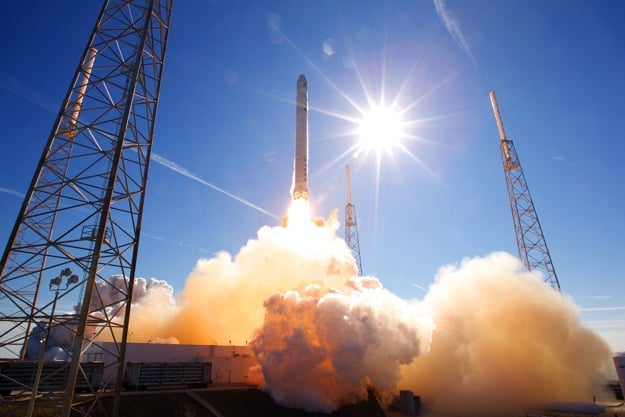SpaceX Gains FCC Approval For Low-Latency Satellite Broadband Internet Service
When we think of satellite internet, problems with latency often crop into our minds. This is because traditional satellites that are capable of delivering internet and TV service operate in a geostationary orbit (GEO) at an altitude of around 36,000 kilometers. However, the satellites that will form the backbone off Starlink will orbit the earth at an altitude of around 1,200 kilometers. This will drastically cut the latency measured from GEO satellites from 600ms to between 25 to 35ms in low-earth orbit (LEO). According to the FCC, terrestrial internet latencies range from 14 to 52ms.

“To bridge America’s digital divide, we’ll have to use innovative technologies. SpaceX’s application—along with those of other satellite companies seeking licenses or access to the U.S. market for non-geostationary satellite orbit systems—involves one such innovation," said FCC Chairman Ajit Pai in a press release. "Satellite technology can help reach Americans who live in rural or hard-to-serve places where fiber optic cables and cell towers do not reach. And it can offer more competition where terrestrial Internet access is already available."
"If adopted, it would be the first approval given to an American-based company to provide broadband services using a new generation of low-Earth orbit satellite technologies.”
The experimental satellites, Microsat-2a and Microstat-2b, will blast off this weekend on a scheduled Falcon 9 mission as secondary payload (the primary payload is a "Paz" satellite for the Spanish government). These particular demonstration satellite will orbit even closer than their planned Starlink counterparts, at a distance of 500 kilometers.
SpaceX says that these satellites will, "validate the design of a phased array broadband antenna communications platform."
You might be asking, "Why hasn't anyone else deployed satellites in LEO to provide internet service that could potentially blanket billions of people?" Cost is one reason, of course. By placing satellites in GEO, a smaller number can be used to provide service for a large swath of potential customers). However, placing satellites in LEO (as SpaceX intends to do), means that an incredible number of satellites would have to be deployed to cover the same number of customers. So instead a couple dozen satellites in a GEO, Starlink will require over 4,000 micro-satellites in LEO by 2024 (full capacity).
But given that SpaceX definitely has the hardware to deliver the satellites into orbit at a low cost, the plan, while still expensive, could be a lot more feasible in the long run.

